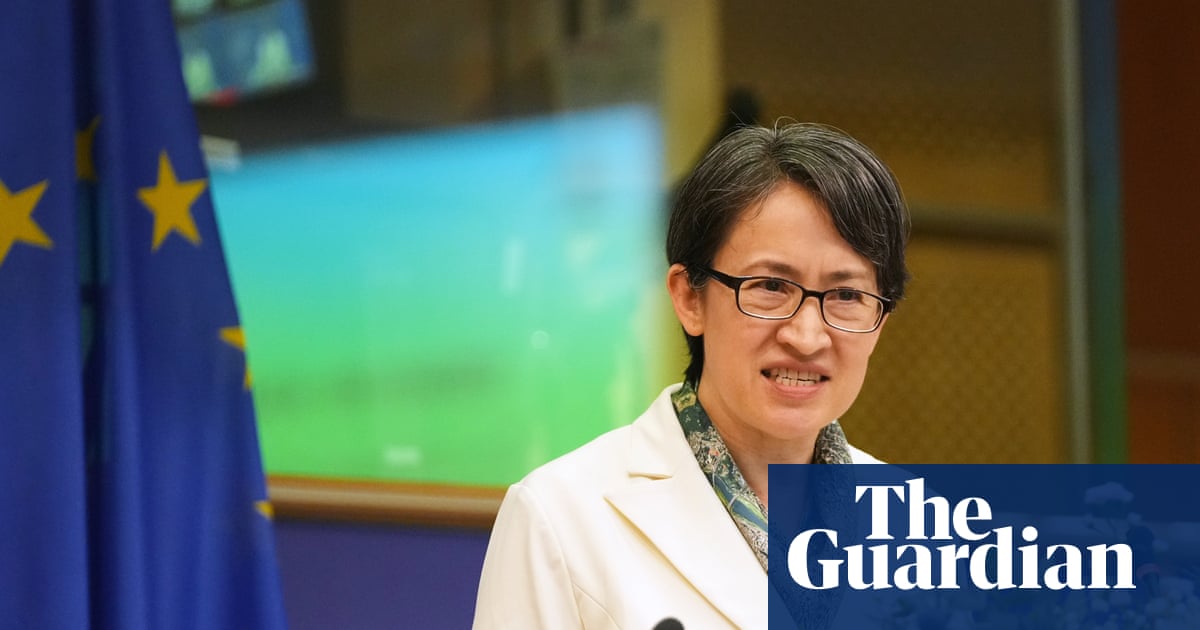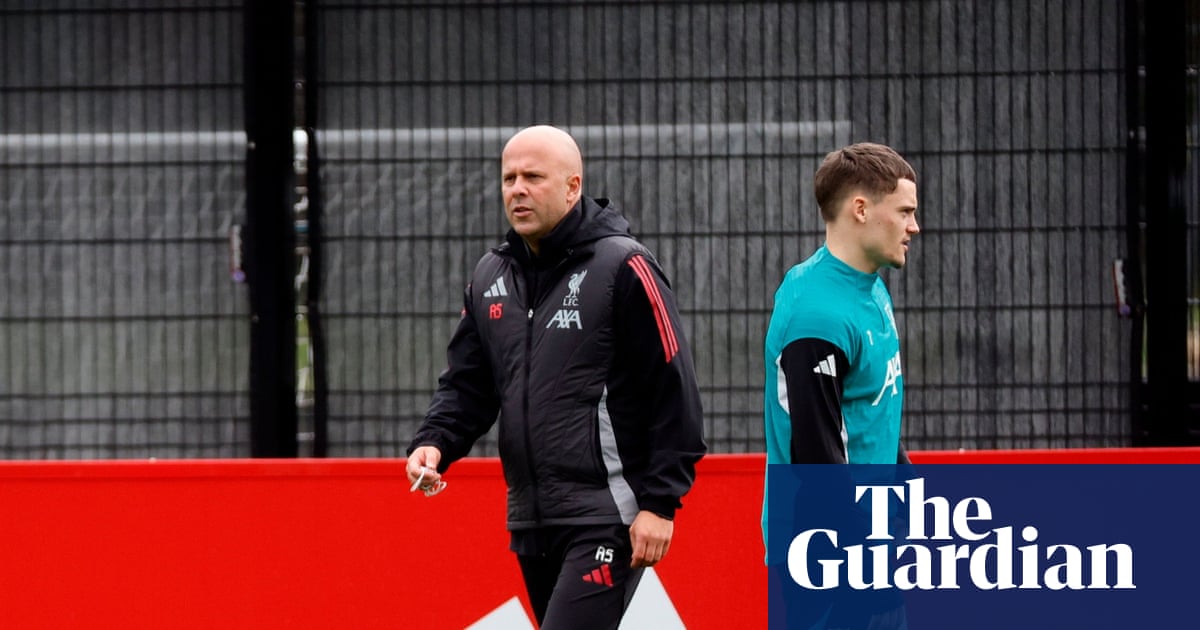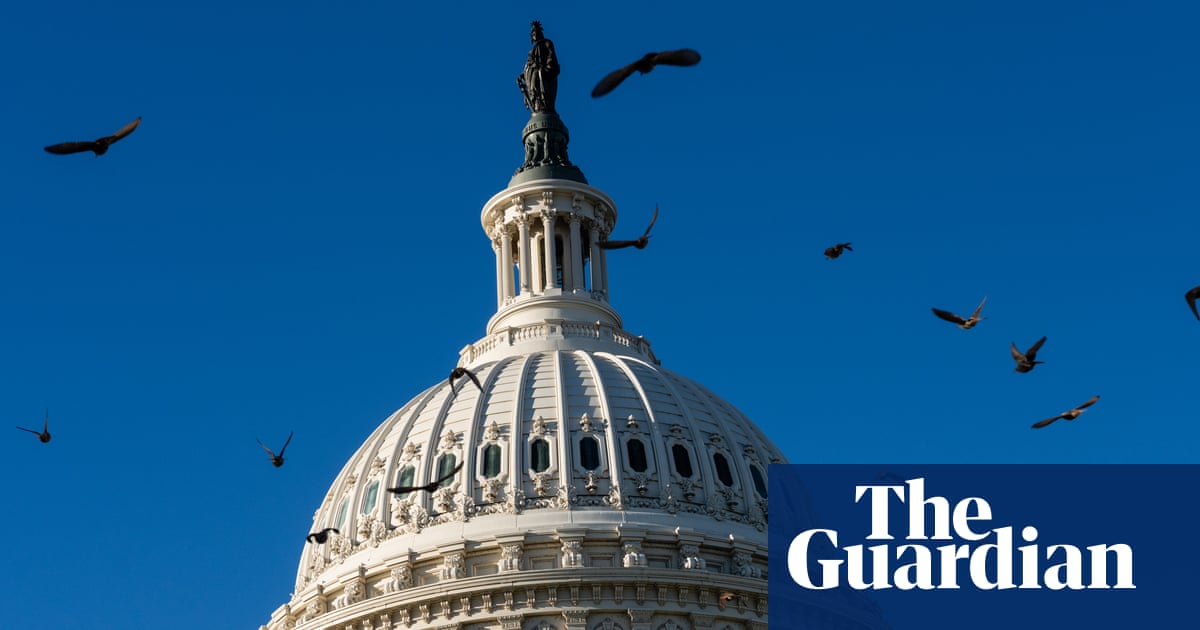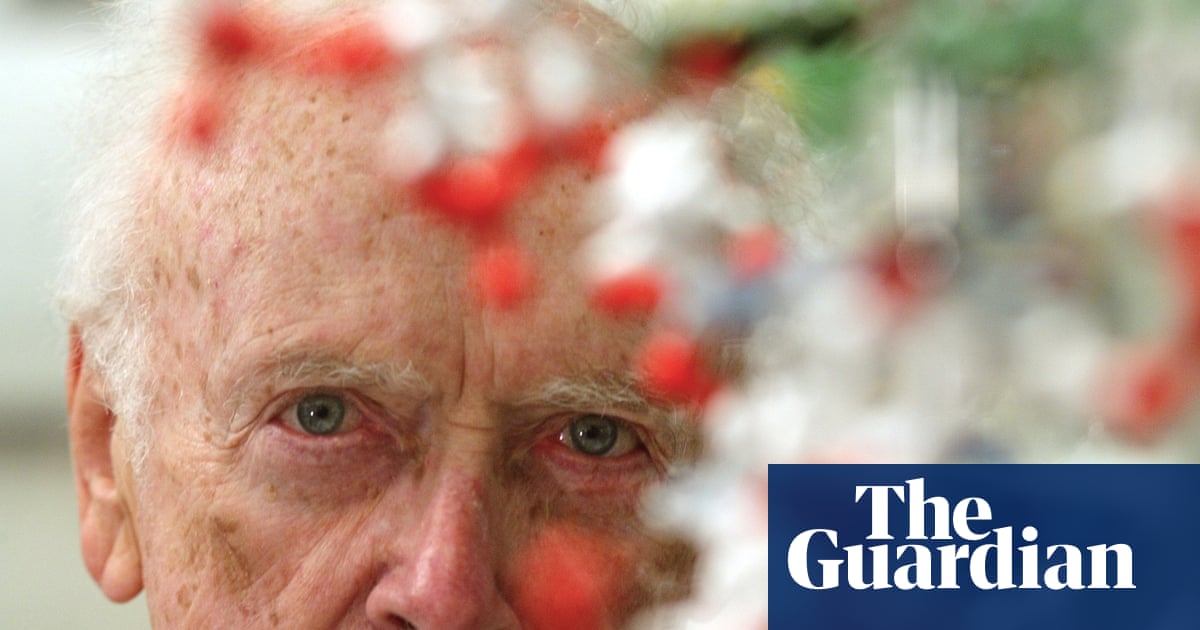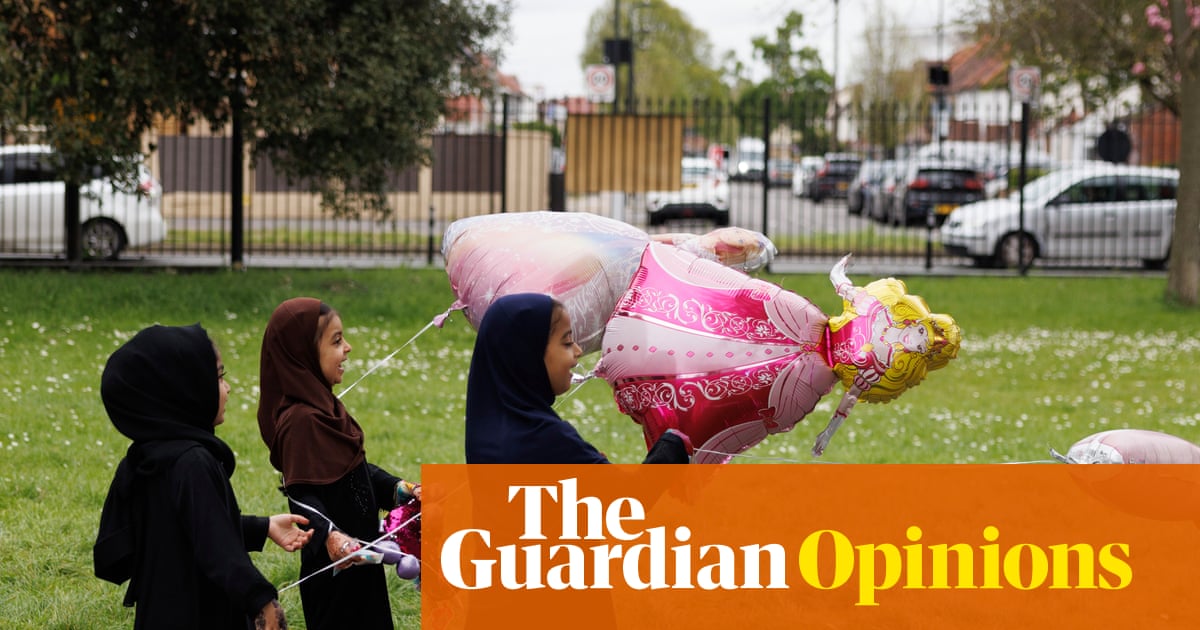The UK government has struck a deal worth more than £38bn with private investors to back Britain’s biggest nuclear project in a generation at the Sizewell C site on the Suffolk coast.
The long-awaited multibillion-pound deal, which will be paid for through taxes and energy bills, gives the final go-ahead for construction of the nuclear project which has almost doubled in cost from when it was first proposed.
It is considered the successor project to the Hinkley Point C nuclear power plant in Somerset where costs have climbed from an estimated £18bn to begin generating power in 2017 to about £46bn with an expected start-up date in the early 2030s.
It brings together investment from the UK government and Sizewell C’s developer, the French state-owned energy group EDF, with a consortium of three other investors including the British Gas parent company Centrica.
The UK government’s stake in the project stood at 84% at the end of last year compared with EDF’s 16% share of the project. Under the final deal, the government will remain the project’s largest shareholder, with a 44.9% stake, while the French utility’s share shrinks to 12.5%.
Centrica will take a 15% share of the project while the Canadian investment group La Caisse will hold 20%, and investment manager Amber Infrastructure will take an initial 7.6%.
The French government had lobbied UK ministers to share the burden of extra costs to build Sizewell C after its Chinese partner, CGN, was removed from the project over security fears.
The final agreement marks the end of a 15-year journey to secure investment for the nuclear plant since Sizewell C was first earmarked for new nuclear development in 2010.
It should deliver Britain’s second nuclear power plant in a generation, capable of powering about 6m UK homes with low-carbon electricity, after EDF’s Hinkley Point C nuclear plant, which is under construction in Somerset.
However, the rising costs for both nuclear projects in recent years, due to cost overruns and delays, have raised questions over the government’s nuclear power ambitions.
Rachel Reeves, the chancellor, said the multibillion-pound investment was “a powerful endorsement of the UK as the best place to do business and as a global hub for nuclear energy”.
after newsletter promotion
“Delivering next-generation, publicly owned clean power is vital to our energy security and growth, which is why we backed Sizewell C. This investment will create thousands of good quality jobs and boost the local economy as we deliver on our plan for change,” she said.
Ed Miliband, the energy secretary, said: “This government is making the investment needed to deliver a new golden age of nuclear, so we can end delays and free us from the ravages of the global fossil fuel markets to bring bills down for good.”
The financial framework designed to support the project has angered anti-nuclear campaigners because it will grant EDF support via energy bills from the start of its construction. This means households could be on the hook for construction delays and cost overruns at Sizewell C, according to campaigners.
The new framework differs from the model used to support the Hinkley Point C project, which will earn revenue for EDF only once the plant begins generating electricity in the early 2030s.
Contact us about this story
Show
The best public interest journalism relies on first-hand accounts from people in the know.
If you have something to share on this subject you can contact us confidentially using the following methods.
Secure Messaging in the Guardian app
The Guardian app has a tool to send tips about stories. Messages are end to end encrypted and concealed within the routine activity that every Guardian mobile app performs. This prevents an observer from knowing that you are communicating with us at all, let alone what is being said.
If you don't already have the Guardian app, download it (iOS/Android) and go to the menu. Select ‘Secure Messaging’.
SecureDrop, instant messengers, email, telephone and post
See our guide at theguardian.com/tips for alternative methods and the pros and cons of each.
Illustration: Guardian Design / Rich Cousins

 3 months ago
106
3 months ago
106
